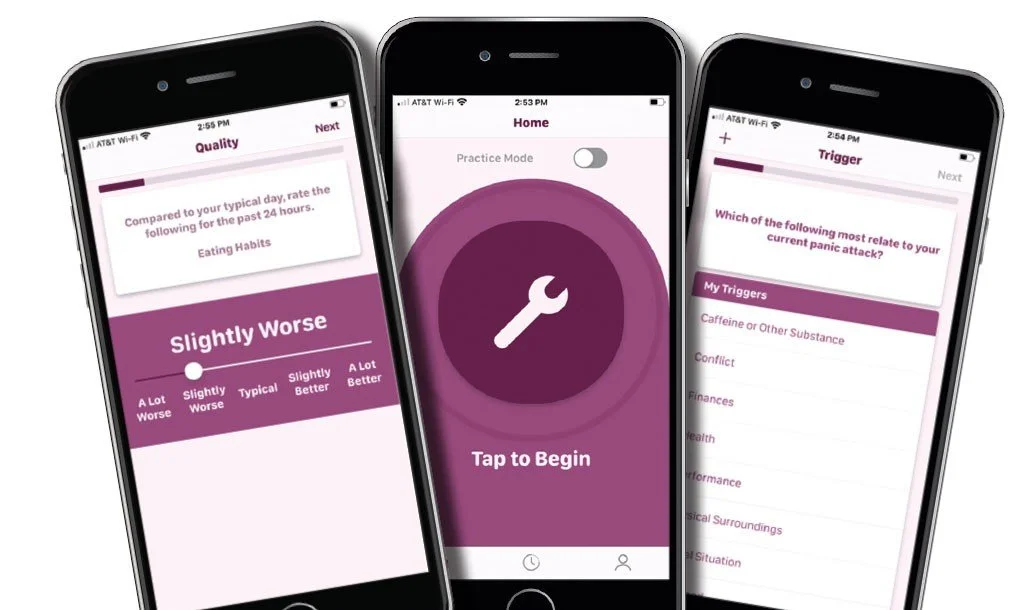UVM Entrepreneurship Students Partner with Innovators to Bring Their Ideas to Life
Source: UVM
By Shayla Blair and Rachel Leslie
What do you do when you have a great idea, but don’t know how to implement it?
A team of UVM students has created a new program to help bring those ideas to life. The Academic Research Commercialization program, known as ARC, connects UVM innovators with entrepreneurial students who help with everything from finding funding to producing and marketing their product.
Fueled by the UVM Entrepreneurship Club (E-Club) and managed by UVM Innovations, the University’s technology licensing and commercialization arm, the program taps into the creativity and entrepreneurial spirit of students to help commercialize new discoveries on campus.
“UVM wasn’t spinning out a lot of start-ups because faculty many times didn’t have the bandwidth to get their cool inventions into the field. That’s where we come in,” explained Skylar Bagdon, UVM senior and co-founder of the ARC program.
Bagdon, a self-designed technology commercialization major in the Department of Community Development and Applied Economics (CDAE), has always has a passion for invention. As a member of the E-Club, he saw the value students could bring to create positive change while gaining hands-on experience in the entrepreneurial world. He, together with business administration major Sarah Horrigan, brought the idea for ARC to Dan Harvey, Director of Operations in the Office of the Vice President for Research (OVPR) and E-Club faculty advisor Erik Monsen who helped them gain support and secure funding for student internships, as well as a home for the program in UVM Innovations, based within OVPR.
“ARC is probably the most exciting and timely student-based, hands-on program I’ve ever seen,” said Kirk Dombrowski, vice president for research at UVM. “The enthusiasm we are seeing from the faculty, staff, students, and alumni has been very exciting and gratifying.”
In the ARC program’s first year of operation, Bagdon helped launch PanicMechanic. Developed by UVM faculty members Ellen and Ryan McGinnis, the app that uses bio-feedback to reduce the frequency and severity of panic attacks. Working with fellow ARC students, Bagdon helped the McGinnises raise over $90,000 in funds to completely redesign, launch, and market the app.
“We did a bunch of customer discovery just to figure out what the path forward was for this technology, how we could reach more people, and find funding to get the app off the ground,” Bagdon said.
The support of PanicMechanic embodies a successful formula used by the ARC program. The program first assembles an interdisciplinary team of students. Then, they’re matched with a UVM inventor who is working on a new technology product. UVM Innovations works closely with the students to help identify the most promising technologies that have reached a certain stage of development but need support in getting to market. Students can choose to earn academic credit and/or participate in the program through a paid internship supported by OVPR and UVM Innovations.
“The combination of the right technology and UVM faculty to work with the ARC students is key to the success of this program,” said Corine Farewell, director of UVM Innovations. “We are very fortunate to have engaged researchers who, when combined with the enthusiasm and skill sets of the ARC students, create amazing results.”
After a successful launch of PanicMechanic, Bagdon says the ARC team is focusing on two new projects that are in the early stages of development: thin-film flexible solar and ground-penetrating radar technologies.
He explained that the ARC program is a labor of love, and it took a lot of work from UVM students, faculty, UVM administration and community partners to get it up and running smoothly.
One of the major perks to the program, says Bagdon, is that students gain access to invaluable networking opportunities and mentorship from local investors and entrepreneurs. Not to mention full access to co-working space at the Vermont Center for Emerging Technologies (VCET) and Hula in downtown Burlington, working alongside local start-ups.
Following ARC’s pilot year success, VCET and the Vermont Technology Council are investing seed money, expert mentorship and startup facilities to accelerate UVM borne innovations.
“This new ARC model for commercialization has been a long time in coming. And finally today, we have the team, technologies and timing converging into this exciting opportunity,” said David Bradbury, president of VCET and the Vermont Technology Council.
The ARC program seeks to involve students from across campus with the goal of bringing interdisciplinary expertise to student teams. It provides a unique experience for students in all majors and gives them an opportunity to hone and flex their skills.
“Because I worked in outreach, this work was up my alley as a Public Communication major,” said Nicole Eaton, who began her journey in the ARC program doing community outreach for PanicMechanic in the spring of 2020 and is now heading up the new thin-film flexible solar project team. “All I had to do was communicate, from making phone calls to setting up emails. It was basically the PCOM major in one program.”
As for Bagdon, the work enables him to combine his interests in sustainability, technology, and entrepreneurship and helping pave the way to a future career in impact-driven entrepreneurship. “I want to run a start-up that changes the world,” he says.







